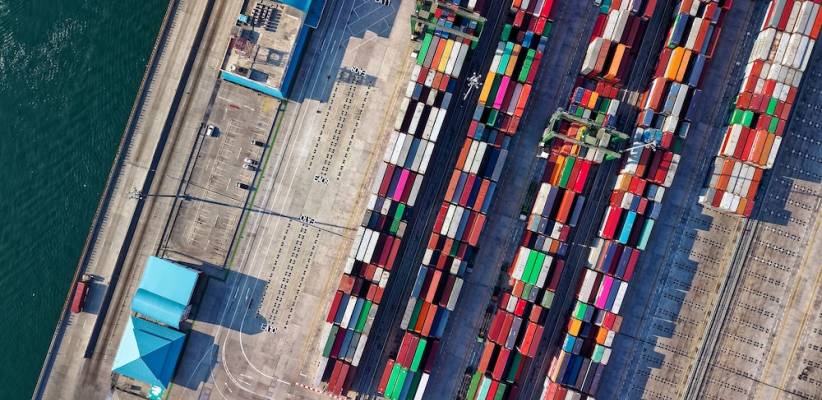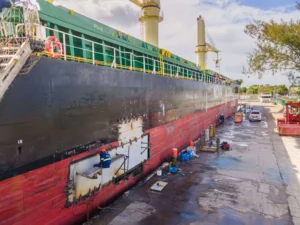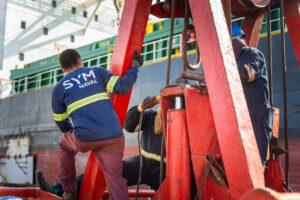The race for digitalisation and sustainability has reached port infrastructures, and European ports are competing to secure a leadership position in the future. Port authorities have abandoned their traditional role of infrastructure managers and are increasingly assuming new functions to distinguish themselves from the competition offering value-added services.
If until now the port authority exercised control, surveillance and patrol functions to guarantee the safety of ship and cargo operations, in the near future it will have to face the regulation of autonomous drones and ships, renewable fuels and cybersecurity. Port activity is increasingly complex.
Only the big ports will be able to afford digitalisation
However, the latest study by the European Sea Ports Organization (ESPO) and Deloitte suggests that the high maintenance cost of technology platforms will limit the number of ports that can afford to adopt them on a large scale.
According to the report, some basic technological innovations such as paperless management will become a standard in the sector, but large high-tech platforms with IoT technology (Internet of Things) will not be the norm in all ports. The drawbacks are the high cost of the development, implementation and maintenance of these digital infrastructures in comparison with a traditional port infrastructure.
For this reason, the ESPO and Deloitte report predicts that only large ports will be able to make a big bet on the most innovative tools.
Renewable energies, an added challenge
This same gap between the ports that are able to afford this type of investment and those that cannot also apply to the field of renewables. For example, the electrification of docks or the installation of hydrogen networks, whose return on investment is slow and uncertain for port authorities.
“This leads potentially to new winners and losers, where some ports can grow exponentially due to an improved position in renewables whilst others might lose market share”, warn ESPO and Deloitte.
Thus, renewables are both an opportunity and, at the same time, a threat. On the one hand, European ports will be able to capture new types of cargo and improve their synergies in the field of circular economy. On the other, the traditional revenue model of many ports, based on large shipments of fossil fuels, will face increasing pressure. According to ESPO, this type of traffic accounts for more than half of the traffic on 25% of European ports.
New synergies between ports
Those port infrastructures willing to face the growing geopolitical, technological and energy transition complexities will tend to cooperate with each other, sharing their knowledge to improve their competitive position. This cooperation can take many forms, from a simple agreement to a total merger.
The trend towards shipping concentration and the increasingly frequent horizontal and vertical integration processes in supply chains will also be a spur to cooperate with other stakeholders or merge with neighbouring port authorities to achieve a stronger market position.
European ports are very diverse in functions and characteristics. This allows for regional specialisation and will facilitate synergies.
More flexibility
The impact of the COVID-19 pandemic, the digital and environmental transitions and global political change lead to an inevitable transformation for European ports, which are currently at a crossroads.
Experts warn that the ports’ modus operandi of long-term planning is in jeopardy. To achieve greater flexibility, the study points out the need to streamline the rules for public tenders, authorisations and financing mechanisms, as well as respecting sufficient autonomy for ports.
Despite all these winds of change, ESPO points out that the essence of the ports will remain unchanged and their main activity will continue to be managing, creating and optimising infrastructures for commercial development, navigation safety and cluster management. Of course, it will change the way of working, since technological innovations will allow optimising operations, identifying underused assets or increasing security, among others.



